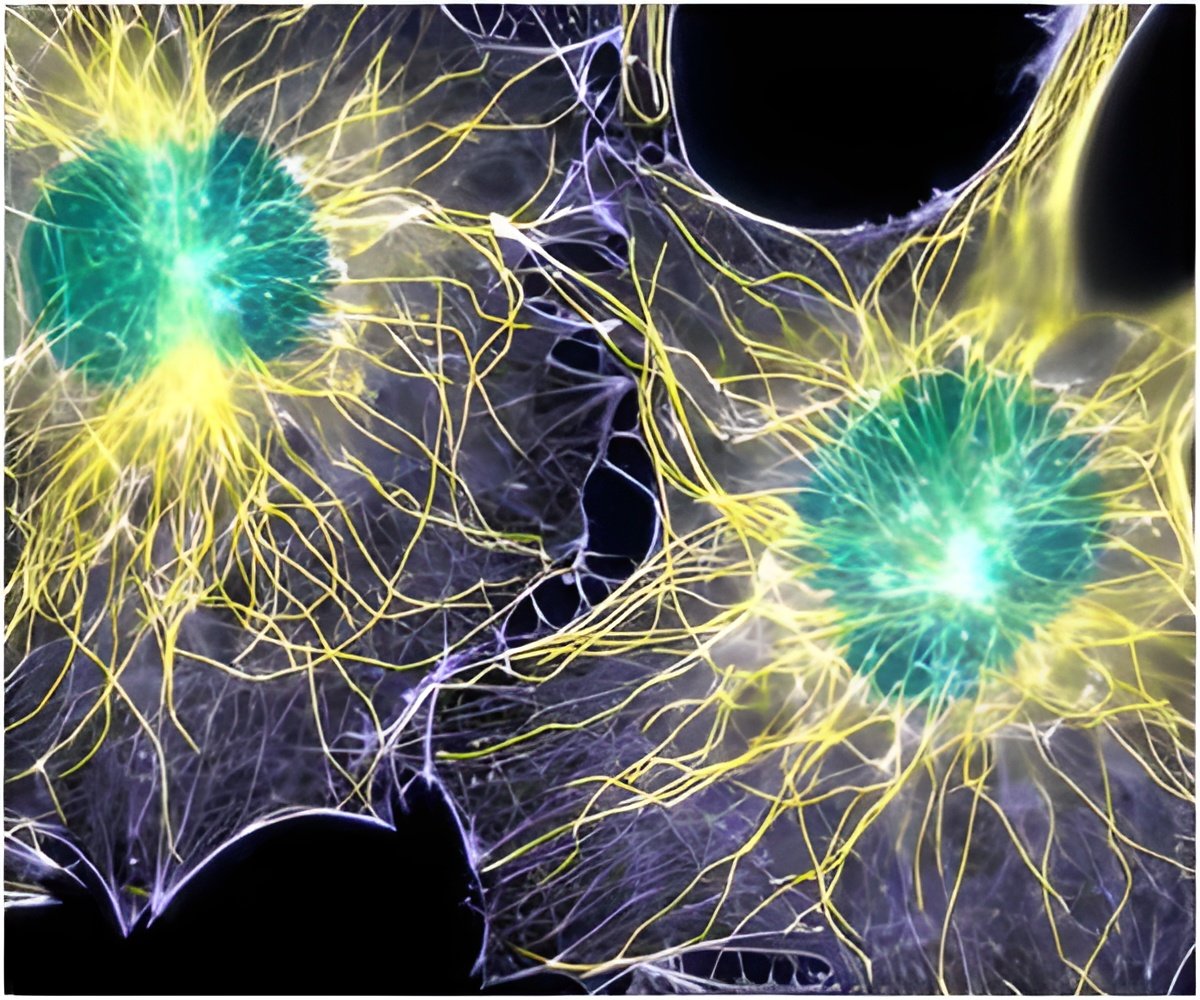
During normal development cells divide, arrange themselves in appropriate patterns, and specialize to form discrete tissues and organs. For the body to develop properly, cells must coordinate their migratory patterns and the process by which they differentiate, or evolve from less-specialized cells into more-specialized cell types.
A lack of such coordination leads to disordered development and, in some cases, cancer.
Jossin and Cooper set out to analyze how cells migrate in the cerebral cortex of the developing brain.
The cerebral cortex is composed of horizontal layers of nerve cells, or neurons, which are specialized for different functions and connected vertically into circuits.
If some neurons are in the wrong layers, the wiring can be defective and may result in neurological disorders including epilepsy, autism and schizophrenia.
Advertisement
New neurons initially move in a straight line, from the inside to the outside, until they reach a layer called the intermediate zone. This zone contains relatively few neurons but many connecting fibers, or axons.
Advertisement
When, seemingly by chance, they emerge from the intermediate zone, they realign with their original direction of movement and speed ahead through layers of differentiated neurons towards the outer surface of the cortex.
The researchers aimed to determine how neurons get back on track after they emerge from the chaos of the intermediate zone.
They identified a signaling protein, called Reelin, which is made by cells in the outermost layer of the cortex.
It has been known for years that mutations in the Reelin gene cause profound cortical layering abnormalities in rodents and people, but it has been unclear which stage of neuron migration goes awry when Reelin is absent.
The new study shows that new neurons respond to Reelin as they emerge from the intermediate zone.
The researchers show that a membrane protein called N-cadherin increases on the surface of neurons when the neurons encounter Reelin.
The surface increase in N-cadherin allows the cell to choose the appropriate direction for its next stage of migration.
"This represents a new and surprising function for N-cadherin because normally this protein acts as a cellular stabilizer and not as an orchestrator of migration," said Jossin
"The new role for N-cadherin in orienting migrating cells is quite unexpected and suggests that cadherins on the surface of other types of normal or cancer cells may also be involved in helping them move rather than stay in place," he said.
"This finding could provide new clues to how normal and cancerous cells migrate within the body," he added.
The findings are published online in Nature Neuroscience.
Source-ANI










